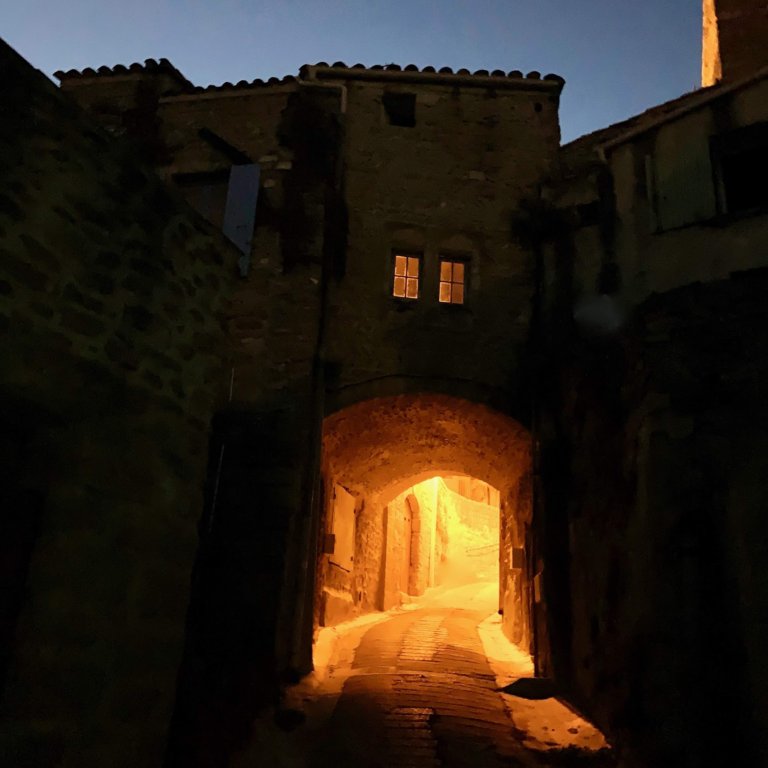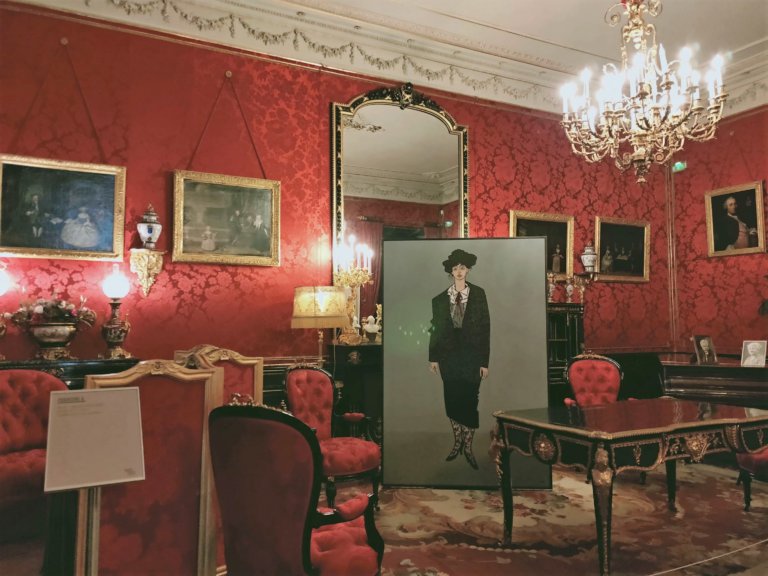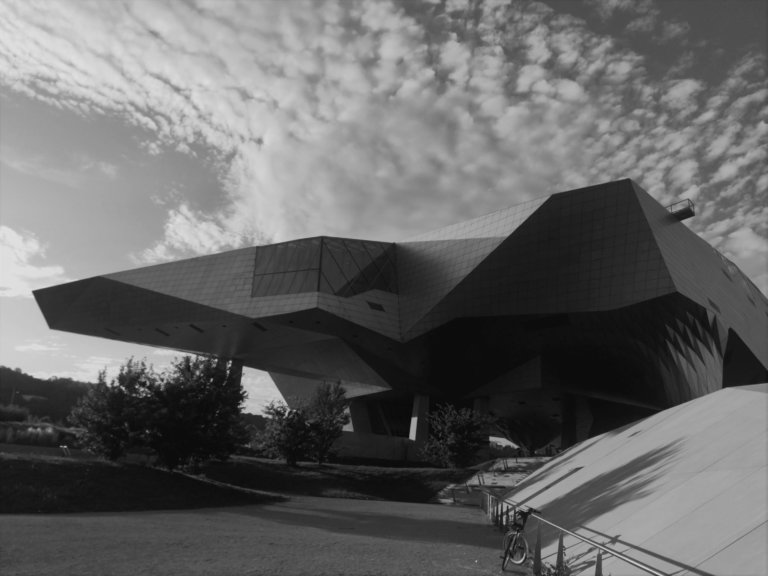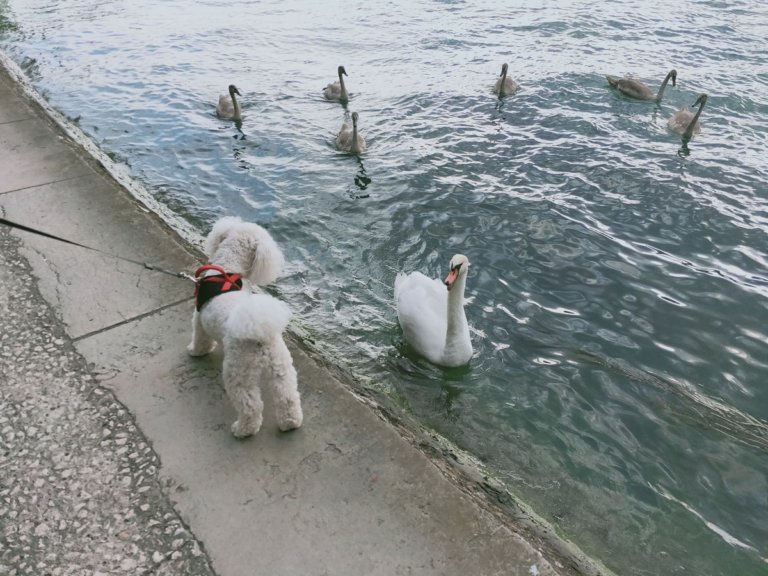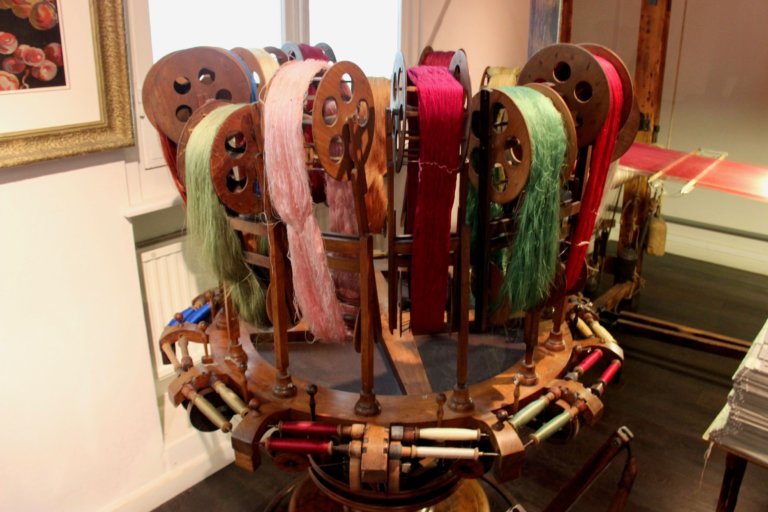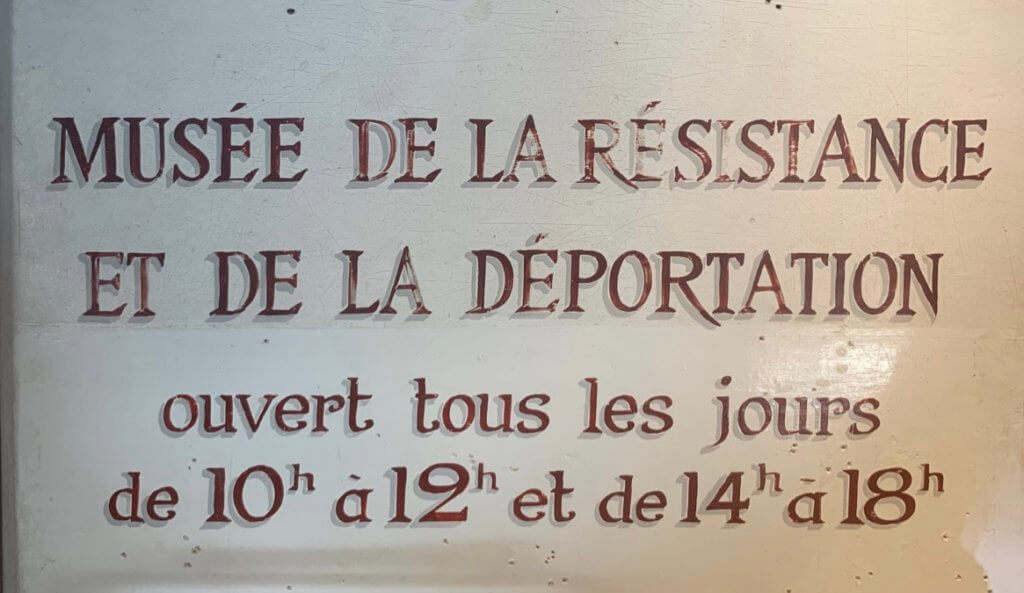
Day 121 28th August
Today we again fed our addiction for museums and went to the Centre which describes the organisation of the French resistance during WWII. Further, it talks about “The Deportation” which has two dimensions, first the deportation of captured resistance fighters and then the removal of Jews from France.
The museum was originally started by members of the resistance after the war who wanted their story to be told to younger generations. The deportees also participated and after a time Jewish deportees also contributed. The museum is housed in a building which is now a faculty of Lyon University that was originally a military medical training facility. During the war, with medical training having ceased it housed the headquarters of the Gestapo in Lyon. It is seen now as a memorial to those that suffered within its precincts.
The Centre starts by explaining the origins of the museum and what it is trying to achieve. This has not always been done in some of the museums we have been to. But in Lyon, in both the case of the Musee Confluence and this centre, such information has given clarity and coherence as one walks through the exhibits. In this case, the purpose was to house the memorabilia held by members of the resistance, to give the background to the events of the war to young people and to “take back” the building after its wartime use.
After the introduction to the building, the exhibits guide you through the build-up to the war, the form of the resistance, and the impact on Lyon. What was remarkable was the succinct way that complex historical details were dealt with. The lead up to War was dealt with a factual and precise series of events as was the splitting up France into two distinct regions one under German occupation and the other under a French government based in Vichy under general Petain. The complexity of all those events were dealt with by the use of original photos, other physical exhibits from that time such as posters, firearms and even piece of a parachute. Further, there were bilingual videos spoken by participants from the wartime period. Added to this was an impressive audio guide in English.
As part of the exhibition, there was a documentary on the trial of Klaus barbie also known as the “Butcher of Lyon”. He had been the head of the Gestapo in Lyon headquartered in the same building as the Centre. Curiously he was employed after the war by the American secret service and allowed to go to Bolivia. The documentary highlighted the testimony of the witnesses at his trail-it was absolutely gut-wrenching.
For me, the strength of the centre was the factual presentation of a very complex subject. I particularly obtained new knowledge on Vichy France that I did not have before. Also the first-hand accounts of resistance fighters made me think again about when resistance against oppression is justified.
On leaving the main exhibits there was a recreation of a Lyonnais street and the posters used to highlight resistance to both the Vichy government and the German occupiers.
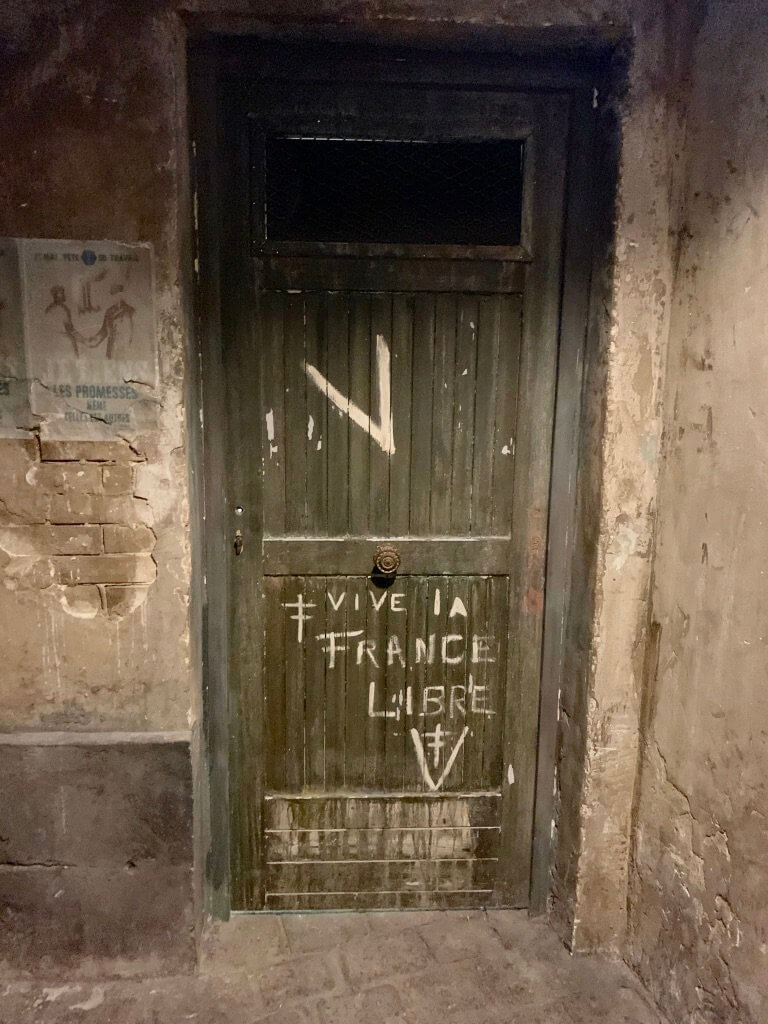
All in all an amazing museum.
Travel Tips.
Centre D’Histoire de La Resistance et De La Deportation Museum link
